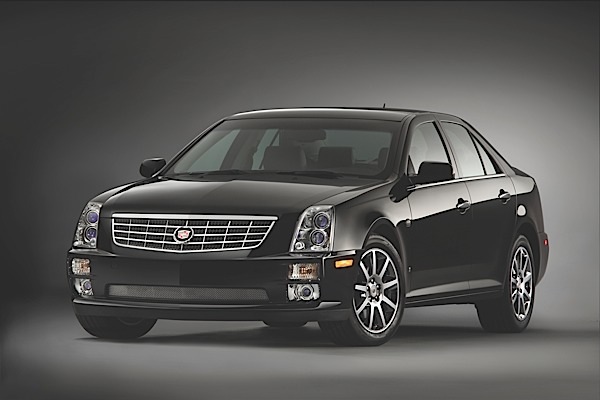
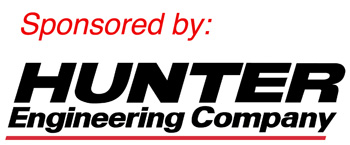
The best way to describe the Cadillac STS is to think of it as a big CTS. Both are based the same Signum rear-wheel-drive platform, and both have AWD versions. Like most luxury cars, the STS has a number of options that can influence how the car is aligned.
The STS is one of those vehicles where a scan tool would be handy if you are performing alignment and chassis repairs. Every STS requires a scan tool to reset the steering angle sensor. Also, it maybe necessary to have an enhanced or factory scan tool to read codes, clear codes and look at sensor information.
The STS has five options or RPO codes for the suspension. The RPO codes can typically be found on the underside of the trunk lid:
FE1: This is the code for the standard suspension with conventional struts.
FE2: This is a little stiffer with a different wheel and tire package
FE3: This is the sport version tuned for larger wheels and tires.
FE4: This is the V-Series calibrate suspension.
F55: The F55 code is RPO code for the magnetic ride control option.
The STS was the first mass production sedan to have active suspension dampening as an option. GM’s Magnetic Ride Control uses innovative magneto-rheological fluid-based actuators, four wheel-to-body displacement sensors, and an onboard computer to provide real-time, continuous control of vehicle suspension damping.
The system responds in one millisecond to provide superior ride, handling and control on even the roughest road surfaces. Magnetic Ride Control uses a simple combination of sensors, as well as steering wheel and braking inputs from the driver to reduce noise, vibration and harshness for a smoother ride.
Load leveling suspension is on most STS models. The system uses ride height sensors that are on the body and attach to the strut with a linkage. This sensors are not only used for the suspension, but the headlights.
Ride/Trim Height Measurement
GM recommends a full tank of fuel to get the most accurate measurements. Jounce the car’s suspension several times, making sure to pull up and release several times. Trim height is a predetermined measurement relating to vehicle ride height. Incorrect trim heights can cause bottoming out over bumps, damage to the suspension components, and symptoms similar to wheel alignment problems. Trim heights should be within 13 mm (0.5 inch) to be considered correct.
The front suspension Z height dimension is measured from the pivot bolt center line down to the lower corner of the lower ball joint.
The D height dimension measurement determines the proper rear end ride height. Measure the vertical distance between the centerline of the inboard rear lower control arm bolt and centerline of the outboard rear lower control arm bolt.
If the measurements are out of specifications, inspect for the following conditions:
• Improper weight distribution;
•Collision damage; and
• Worn or damaged suspension components.
Front Suspension
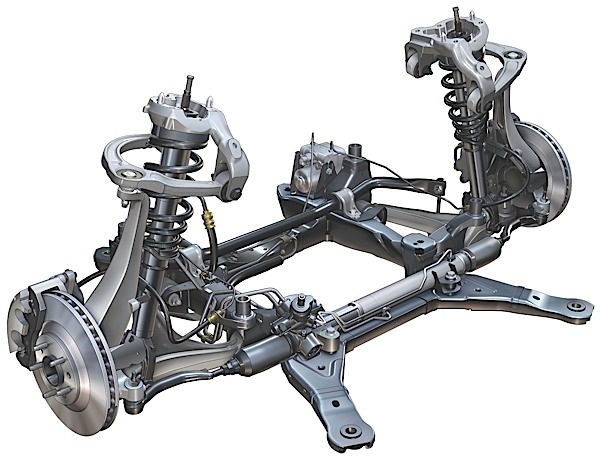
The front suspension on the Cadillac STS is a double wishbone style. The upper ball joint is a follower-style joint and should have no play radially or axially. The lower ball joint is a loaded joint. The lower ball joint should not have more than .125" of play radially or axially.
The normal camber and caster adjustments are achieved by repositioning the lower control arm in slotted control arm brackets. GM and tool manufacturers offer a turnbuckle tool (J45845) to aid in making the adjustments. The Hunter WinAlign CAMM on the feature is also available to help dial in this tricky adjustment.
If an adjustment can not be completed, inspect the control arms and mounting points for damage.
Rear Suspension
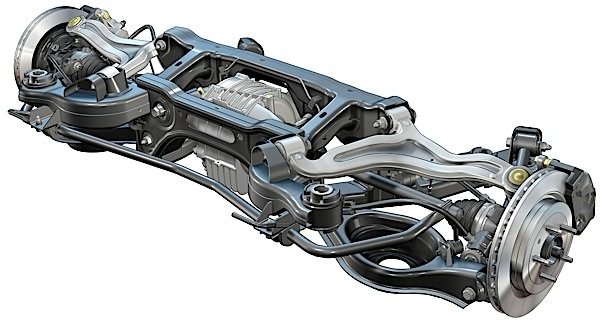
The rear suspension uses multiple links. The upper control arm has an upper ball joint that should have zero play. Inspect all bushings for wear and excessive play.
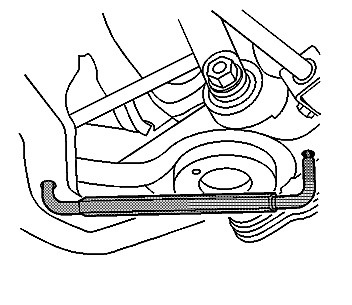
Rear Camber adjustment is achieved by moving the lower control arm in an inboard slotted control arm bracket. Toe is adjustable with the threaded lower link.
If the thrust angle of the vehicle is beyond specifications, inspect the rear suspension carrier and mounting bushings. The rear suspension carrier can shift and cause excessive toe adjustments and thrust angle problems.
STS TSB: Groaning or Shuddering Noise At Low Speeds When Driving Over Low Profile Bumps
Models: 2005-2006 Cadillac STS with Electronic Suspension Control (RPO F55)
Condition: Some customers may comment on a groaning or shuddering noise at low speeds when driving over low profile bumps.
Cause: This condition may be caused by the Electronic Suspension Control (ESC) system overcompensating at slow speeds due to road inputs. The groaning noise occurs in the ESC shock absorbers due to excessive fluctuating commands.
Correction: To prevent this condition from occurring, a new software application and calibration have been released. This software update will modify the ESC activation rates at lower speeds, preventing the ESC from overcompensating when driving over gradual bumps at low speeds.















